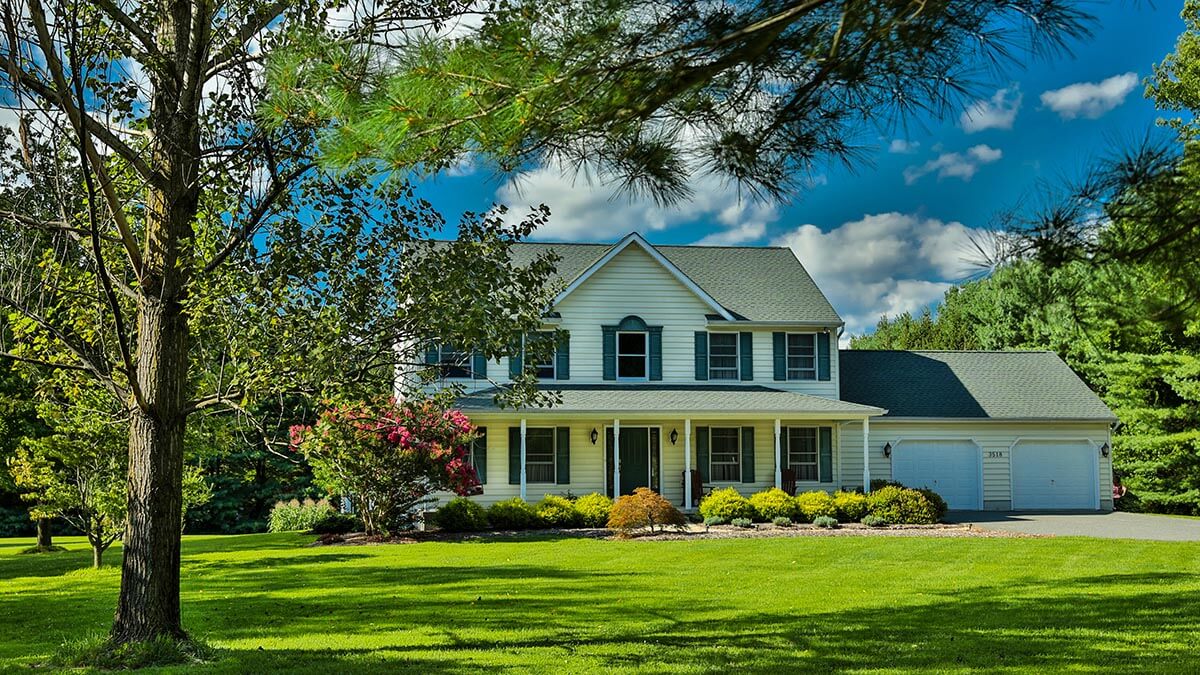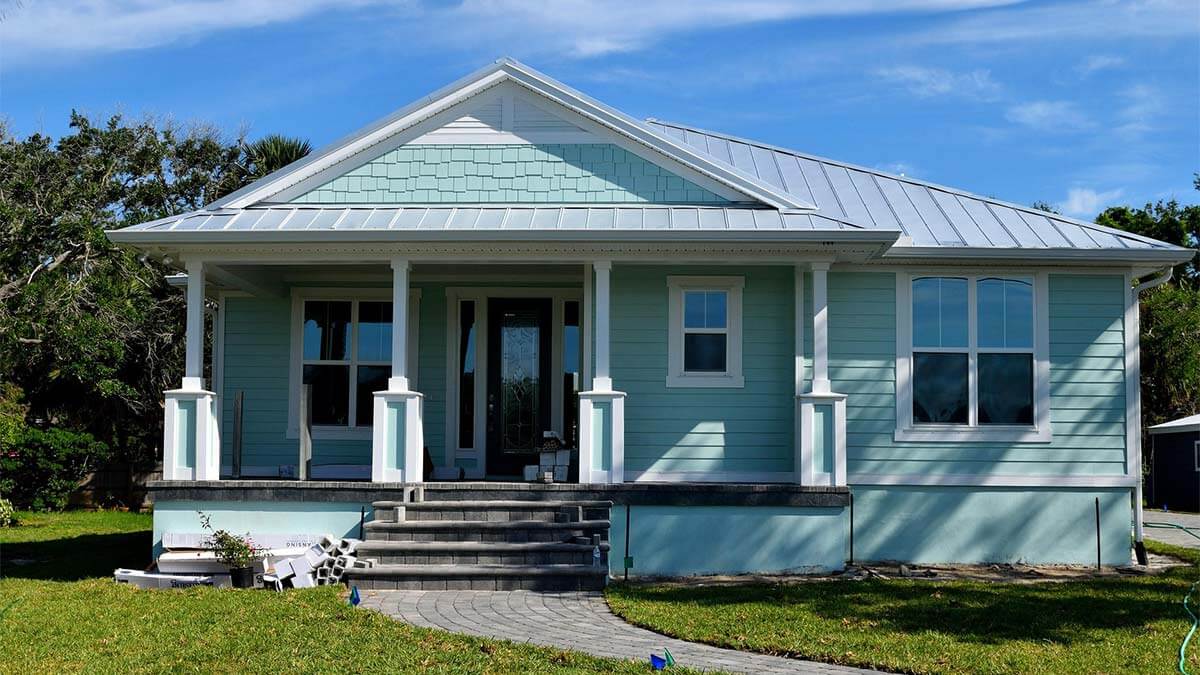The world was hit by an exogenous force that decimated economies and societies globally. The coronavirus proved to be the world’s most infectious and deadly disease humanity has faced since the Spanish Flu of 1918. Detected in China in late 2019, the virus originated from bats making the jump to humans at one of Wuhan’s “wet markets”, quickly infecting citizens throughout China and soon enough in our globalized society, it spread worldwide causing what is now a global pandemic: the 2020 coronavirus pandemic (also referred as Covid-19). In the United States, the coronavirus pandemic caused nearly 13 million cases and 263,956 deaths as of these writings. This highly infectious and deadly virus has forced economies to abrupt halts as nations aim to control the virus awaiting a vaccine.
In response, governments and municipalities enforced stay at home orders to reduce infection rates. Economies as we knew it stalled incredibly, especially in one of the world’s more prosperous economies: The United States. The United States experienced a very tight labor market (by some metrics the tightest we’ve ever seen) before the pandemic as employment reached a 13-year high of 7.6 million in February 2020. Covid-19 swiftly sent tailwinds to the labor markets causing unemployment to mirror that of the carnage from the Great Depression in the 1930’s reaching nearly 20% in its April peak. Real GDP shrunk by 32.9% in the second quarter, the worst quarterly drop on record since the quarterly GDP time series began in 1947. Effectively bringing the size of the economy back to its level from late 2014/early 2015, swiftly eliminating five years of growth in just two quarters. Being that the United States has always been a consumer lead economy, personal consumption largely drove the downturn, notably in services. Many businesses closed (at least temporarily) and consumers avoided many out of fear, causing services spending to plummet. As of Aug. 11, there are about 155,000 total business closures reported on Yelp since March 1, according to the reviews company’s data. About 91,000 of the closures, or 59%, are permanent.
Conditions of the economy to sputtering in the matter it has would often affect a primary economic driver in single-family real estate industry. Typically, the industry would cause transaction volumes to plunge and countering lower home prices, indicative of a recessionary economy. However, just like the stock market, the housing market appears to have detached from the underlying economy. The housing market has been one of the few bright spots leading the economic recovery. To stimulate the economy, the Federal Reserve set record low prime interest rates and governments enforced year-long forbearance programs for mortgage borrowers, providing the real estate industry an imperative sign of relief. Because of such support, demand for single family houses has increased significantly. Mortgage purchase applications spiked to 11 year highs. Even the public markets have continued to stay bullish towards the sector as publicly traded single family rental companies stock soared as home rents have increased 7.5% in October according to Green Street. These staggering figures have contributed to a very hot sector, of which, may have dire consequences in the long-term.
The coronavirus has caused an “urban flight” — a mid or short term dislocation in the population disbursement from urban cores to the suburbs. The exodus from central business districts to suburbs is driven by a plethora of reasons. Chiefly, a densely populated environment is not ideal with a highly contagious disease. In an urban environment where gathering centers (bars, clubs, restaurants, etc.) are strongly regulated to operate at limited capacities, living in the urban centers activates all the negatives of big cities with none of the positives. I mean who wants to pay a premium to live in a ghost town? Despite the arduous efforts from apartment communities in decreasing base rent and provide concessions to retain tenants, people are still moving out of the city centers. It’s important to note that 60% of millennials are now in their 30’s starting families. This urban flight is a trend that was beginning to happen years earlier. Covid-19 has merely accelerated this trend as many professionals who are able to remotely work-from-home have kept earning and are looking for more living space.
Many of these would be renters in urban metropolitans have decided to make this the ideal time to buy homes in suburbs. A recent article by the Wall Street Journal found that pandemic buyers less likely to be denied by a mortgage lenders, and many of the new homeowners rushed to lock in the record-low mortgage rates. Even in the smaller markets, this trend remains to be true exemplified in the extreme housing shortage in Colorado Springs, an exurb from Denver, Colorado. The pent up demand for housing in suburbs and less densely populated cities has driven up home values. There are still seeing characteristics of a recession as many would-be home sellers decided to hold off on listing their homes for sale, contributing to the lowest level of inventory for for-sale homes in decades. The shortage in housing inventory coupled with significant demand has caused home values to soar. Just 10% of new homes sell for less than $200,000, down from nearly 45% a decade ago. Basic economics will tell you that lower inventory will cause prices to rise, effectively creating an environment where a lot of the benefits of buying right now (i.e. low interest rates, forbearance programs) are wiped away.
The inability for many Americans to purchase at economic prices has contributed to demand in rental housing in the suburbs. Now the question becomes, will this urban-flight prove to be a short-term response as these suburban renters return to gateways once health restrictions have been lifted and the amenities offered by gateway cities can then again be activated? Or are renters in understanding that they can now work from anywhere and will prefer to live in more cost efficient and less densely populated cities?
History indicates that gateway cities will evidently return. People have been fleeing cities in epidemics for as long as there’s been cities. Take the 1798 yellow fever epidemic where the majority of Philadelphia citizens evacuated. Or when 9/11 scared New Yorkers into entering office buildings, let alone live in New York City. In the end, urban centers returned and are still vibrant. They are where the heart of where businesses tend to lie, and the fact that we’re social animals is not going to change. Older and younger generations alike are still drawn to numerous amenities offered by urban metropolitans. Trends of urban cities continuing to grow will not change, but they may be altered after covid.
The disadvantages for gateways are mounting and there are no clear solutions. The fiscal health of cities is one of the prime issues of our age. The gateway cities have historically been known for having some of the highest tax frameworks, just look at the ordinary tax rates of New York and California. Now with a global pandemic that has forced the United States to spend nearly $3 trillion (and still counting) of Covid-19 stimulus and relief, not to mention the amount particular cities such as gateway cities had to spend to keep their economies at bay. How will gateways fix their revenue shortfall? Will they tax people even further and scare people out? As these cities approach the idea of a wealth or marginal rate increases, at some point things will break regardless of the lure of gateway cities. You can’t have such significant discrepancies between gateway cities and secondary or sunbelt cities without impacting demand for real estate. Many large cities like New York City were hit badly, due to its necessity for density to fulfill its revenue requirements to operate (take the revenue shortfall experienced from public transportation). Not to mention the high costs of living for many of these cities. There’s no way the rental rates in San Francisco will continue for the next 10 years, rents are entirely unsustainable. In many respects, the migration may seem more likely than history would suggest.
Humanity has not faced an exogenous shock with the technological resources we have today. The work-from-home dynamic has allowed for the economy to function without falling into a depression, all the while fueling the population migration conversation. Even though gateways hold ample labor opportunities, businesses will continue to follow where people want to live (while being a bit of a chicken and the egg argument, as people want to live where labor opportunities exist). Early anecdotal evidence suggests that smaller and higher growth cities like Denver, Austin, Boise and Charlotte have all the amenities of urban gateways minus the poor fiscal health, run down infrastructure, densely populated areas and high costs of living. Even though the labor opportunities may not be as ample as gateway cities, these smaller markets have seen strong growth profiles dating pre-covid and can become cities that businesses will look to expand into. There will be some real consequences in these considerable shifts of consumer preference of where they want to live and work, a movement from the gateway cities to smaller cities seems very plausible. It may not happen everywhere but it may happen in large metropolitans like San Francisco and New York City where their drawbacks may continue to be too large to overcome. As work continues to expand into being universally remote, smaller cities will continue to look more attractive if there is a human connection built in and can continue to resemble the allure of gateways’ urban cores. These smaller cities will not be riddled with strip centers that suburbs have typically been accustomed with. Rather, they’ll look for places that have urban-like downtowns and access to newer public transportation, effectively, newer and cleaner cities with all the amenities of gateway cities.
This forward outlook will have a drastic influence on housing demand. The critical home affordability issues are prevalent in all markets. The demand for single family homes will continue to accelerate as the millennial generation (the largest generation cohort) comes of age and begins to form families, further driving up home values. Not to mention, the large-scale single family acquirers emanating from the Global Financial Crisis (i.e. iBuyers, Invitation Homes, American Homes 4 Rent, etc.) seeking to further expand their positions in garnering more market share will be competing with these first-time homebuyers more fiercely moving forward, especially since large-scale acquirers already established a strong presence in these smaller high growth markets. Furthermore, new development pricing seems to continuously increase due to the difficulty of constructing affordable products near cities where people want to live (due to competitive and rising costs of labor, and unavailability of economic parcels to develop on). This hyper-competitive demand will increase home values contributing in the creating of “forever renters”, renters who can’t afford a home where they want to live.
As we close Q4 of 2020, unemployment continues to run north of 7%. If I ask you to close your eyes and go back to pre-covid and look into the trends we were seeing: low global growth, low interest rates, no inflation, urbanization, impact of disruptive technology, and polarization/ populism. Now, none of these trends have changed. Fundamentally, the economy has not been drastically disrupted by the coronavirus pandemic. Once there are perceptions of safety, these trends will continue, maybe even stronger. However, the looming home affordability issues may even play an even larger role in the framework of cities as the population disperses and these smaller cities grow. The ever-increasing competitive single family industry may lead to an entire generation of Americans missing out on the American dream. Further, what will the retirement accounts look like for this generation? The most prevalent issue facing the future of our entire nation, accelerated by covid, may be right under our nose.
Compare Cash Offers from Top Home Buyers. Delivered by Your Local iBuyer Certified Specialist.
One Expert, Multiple Offers, No Obligation.




